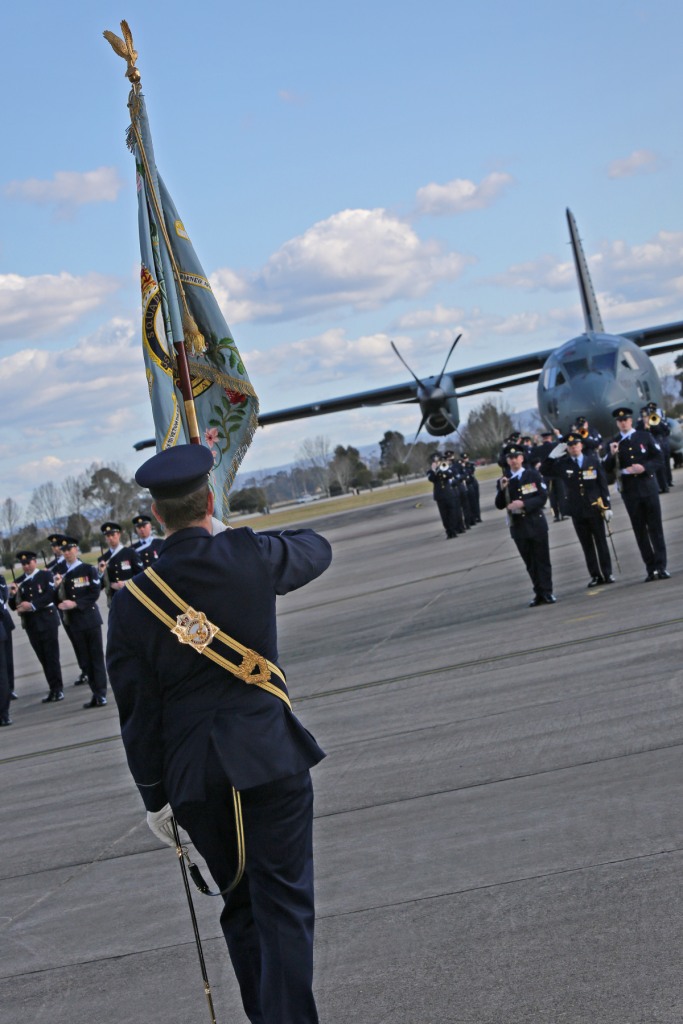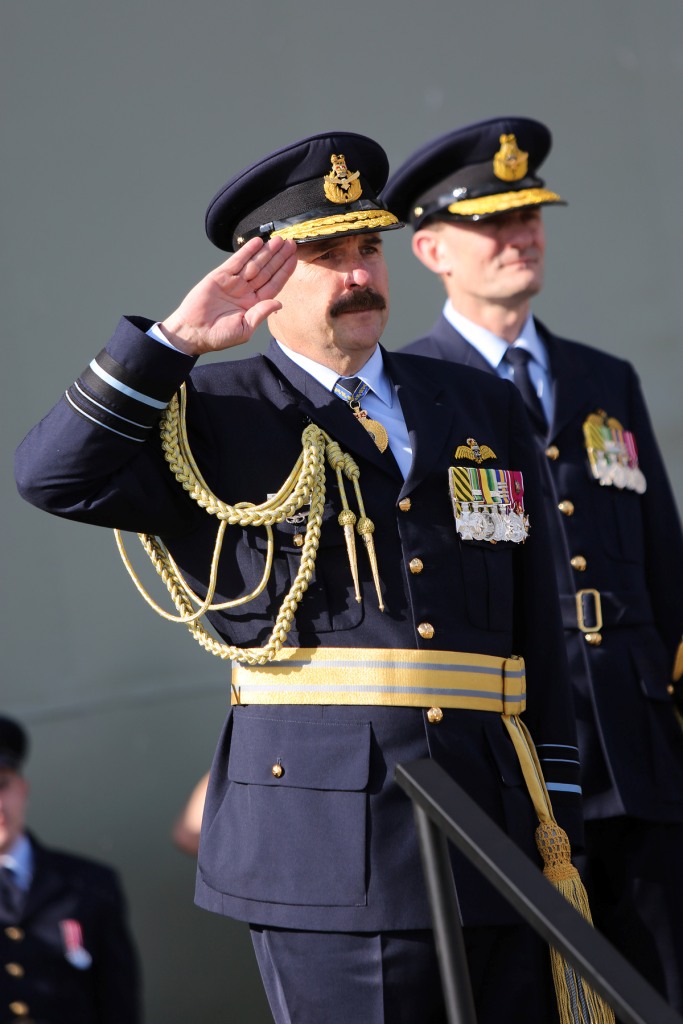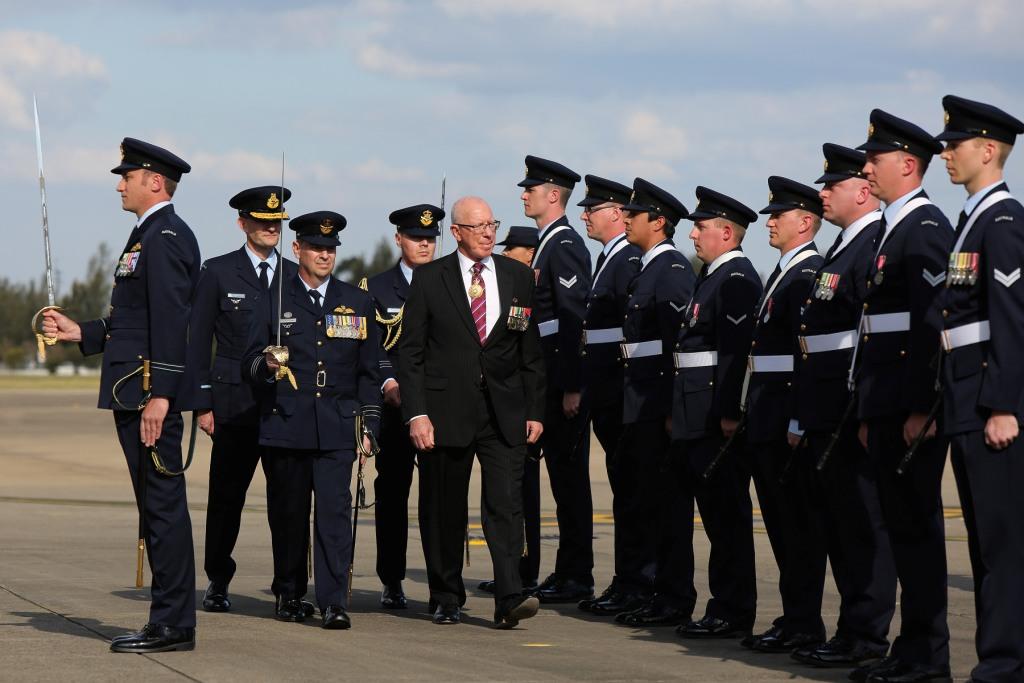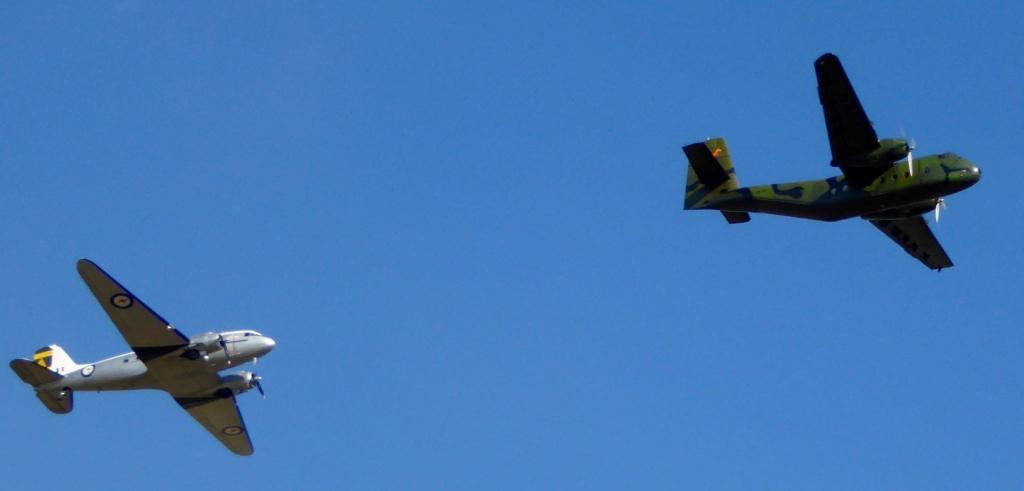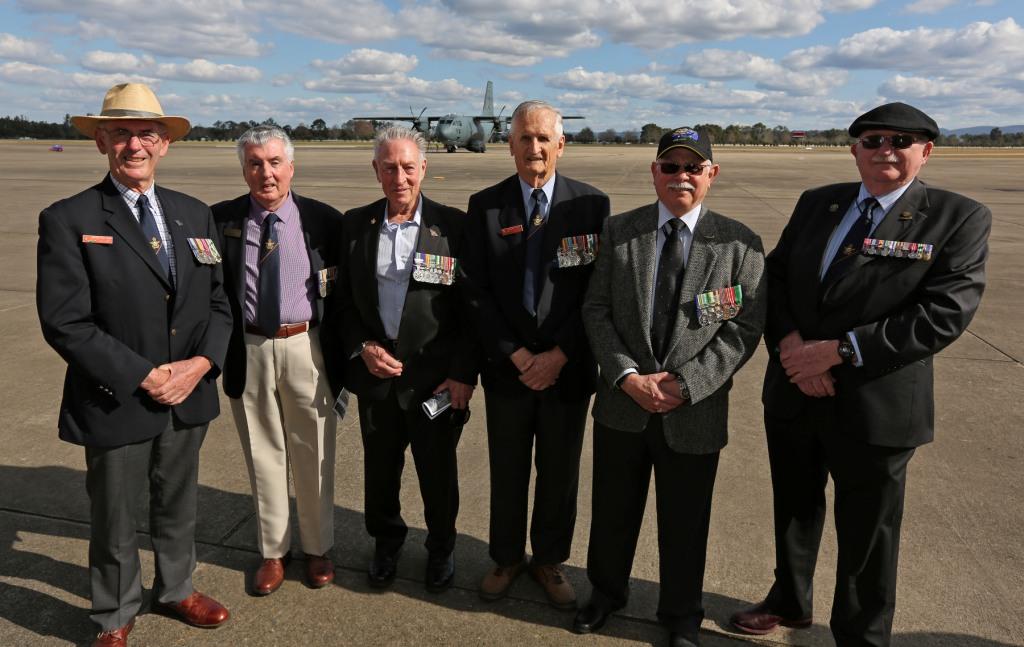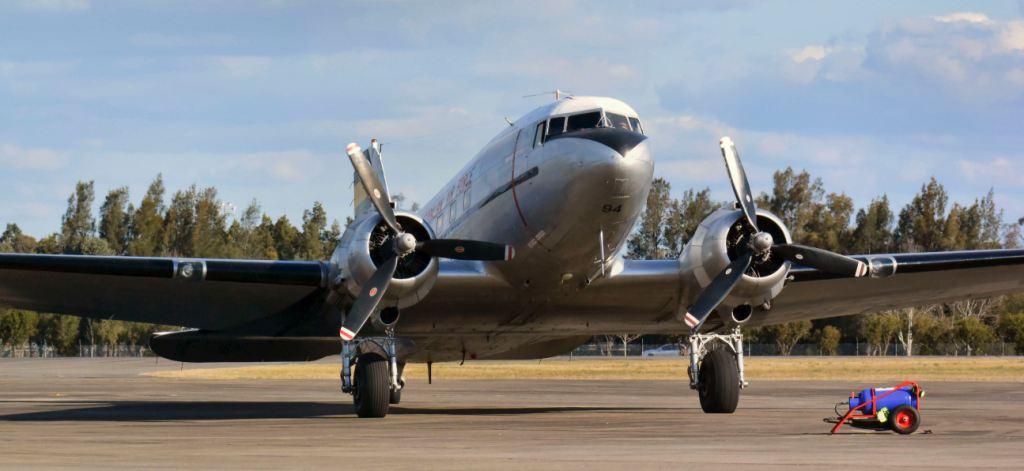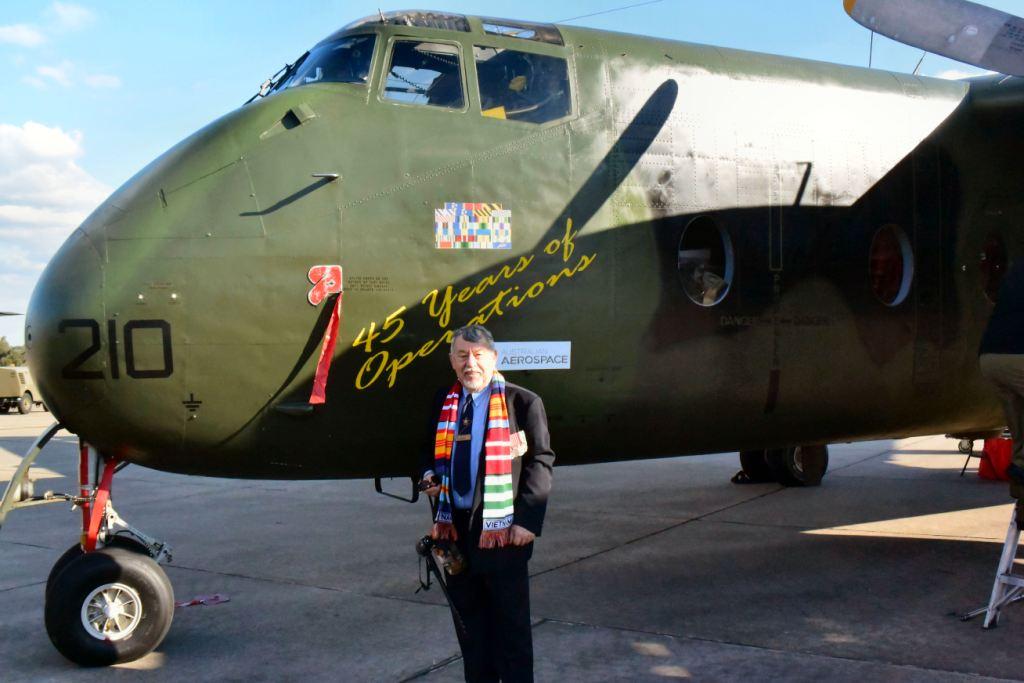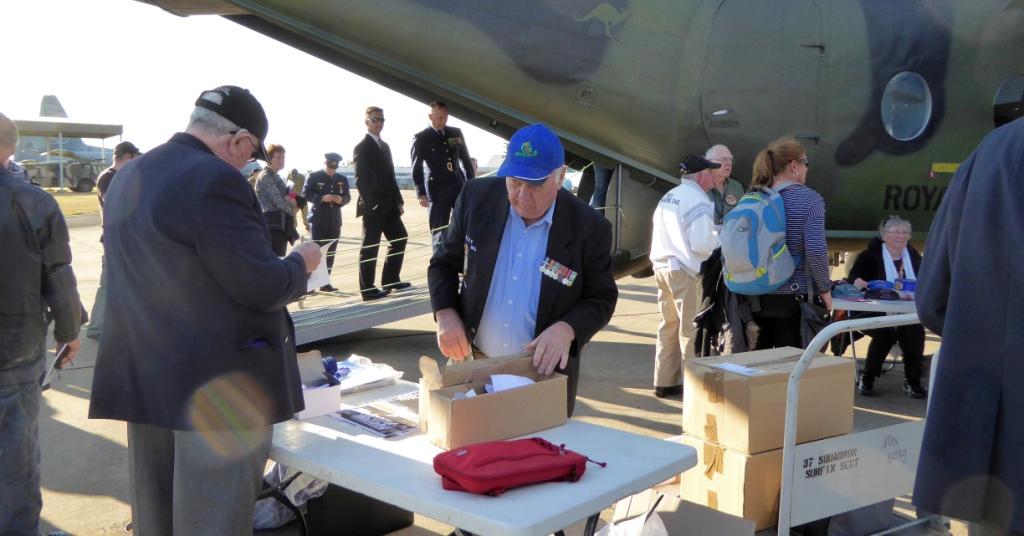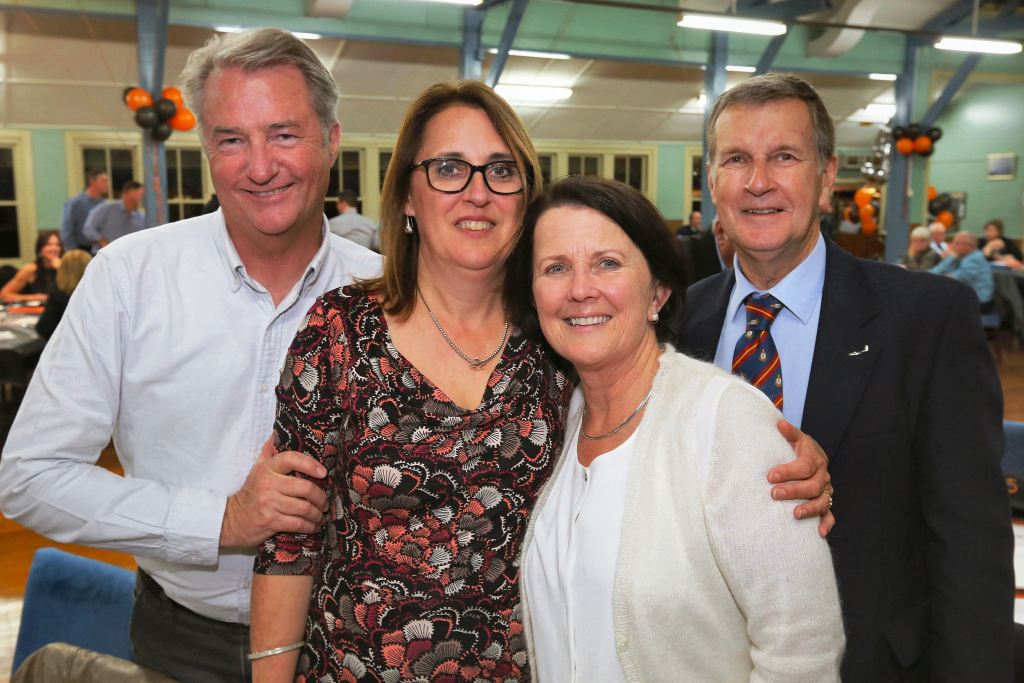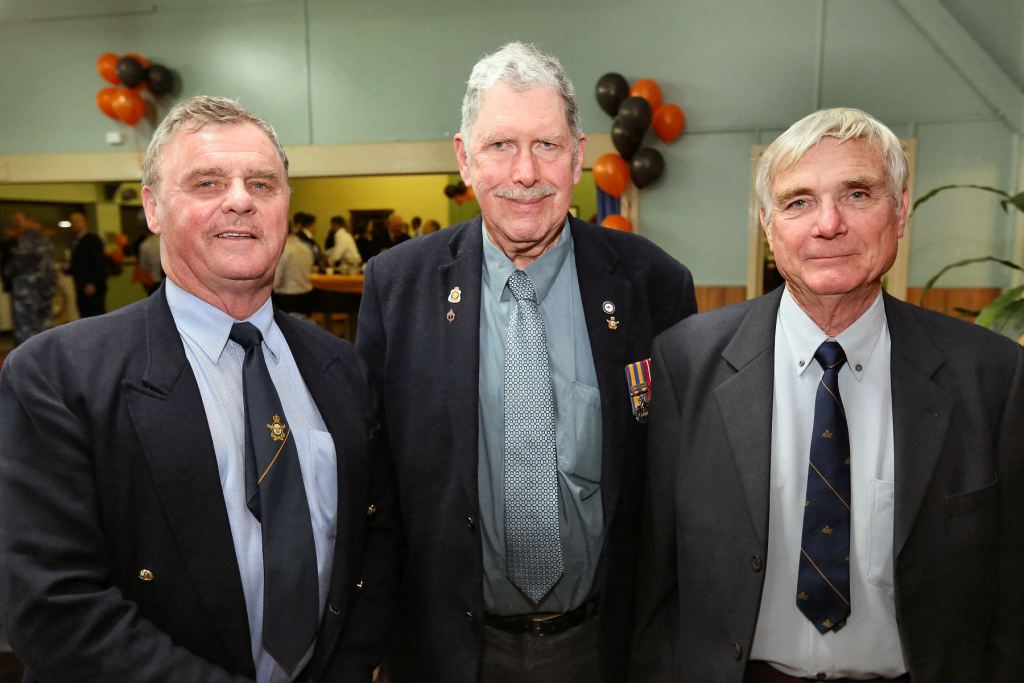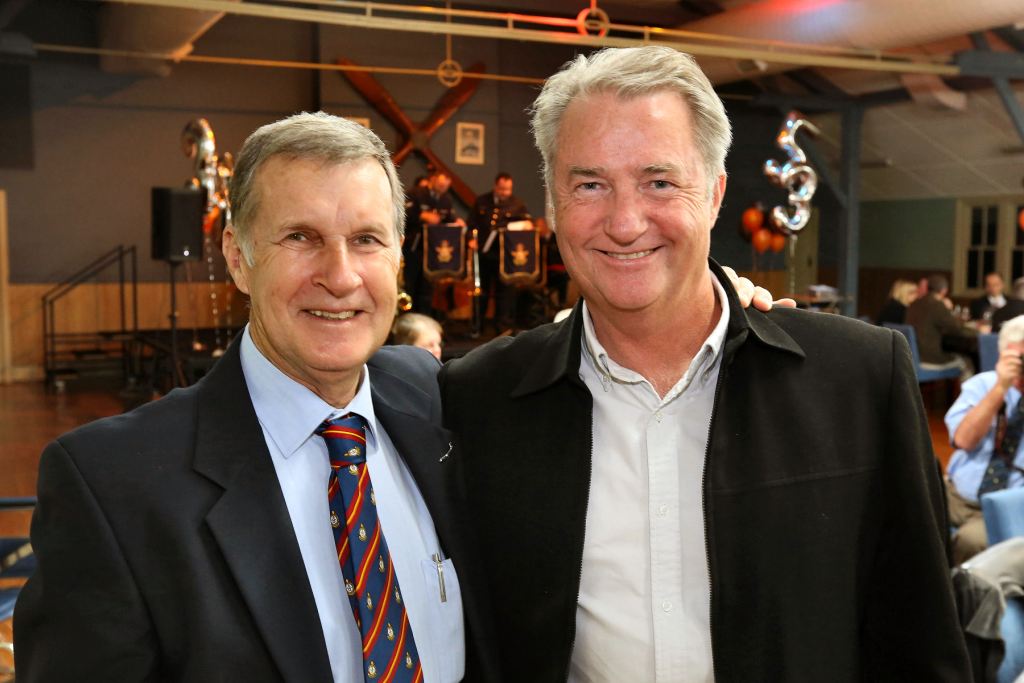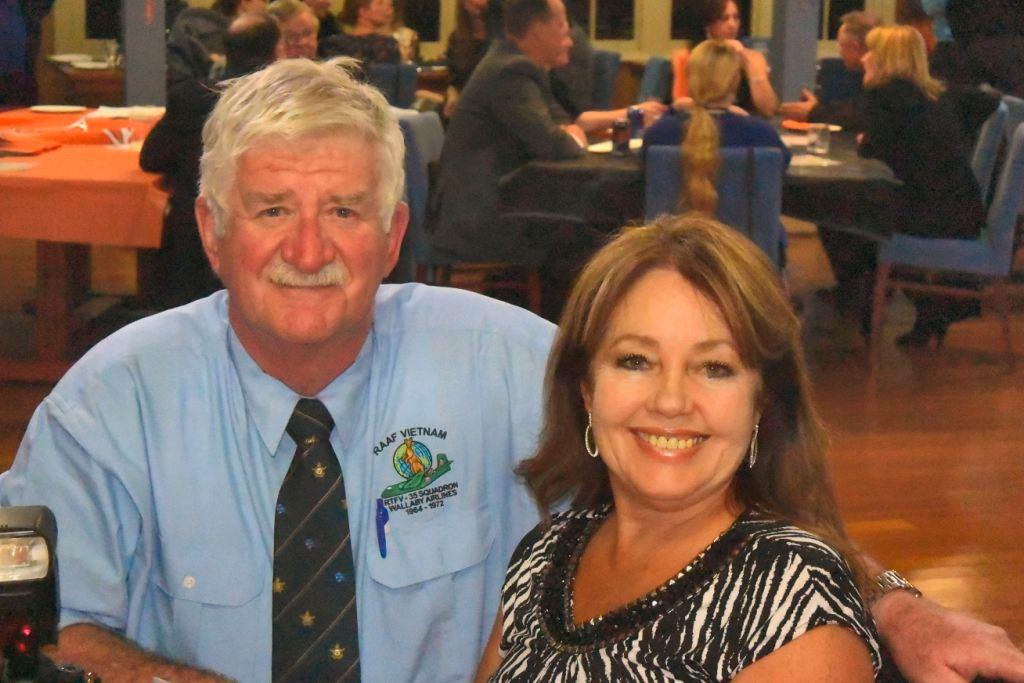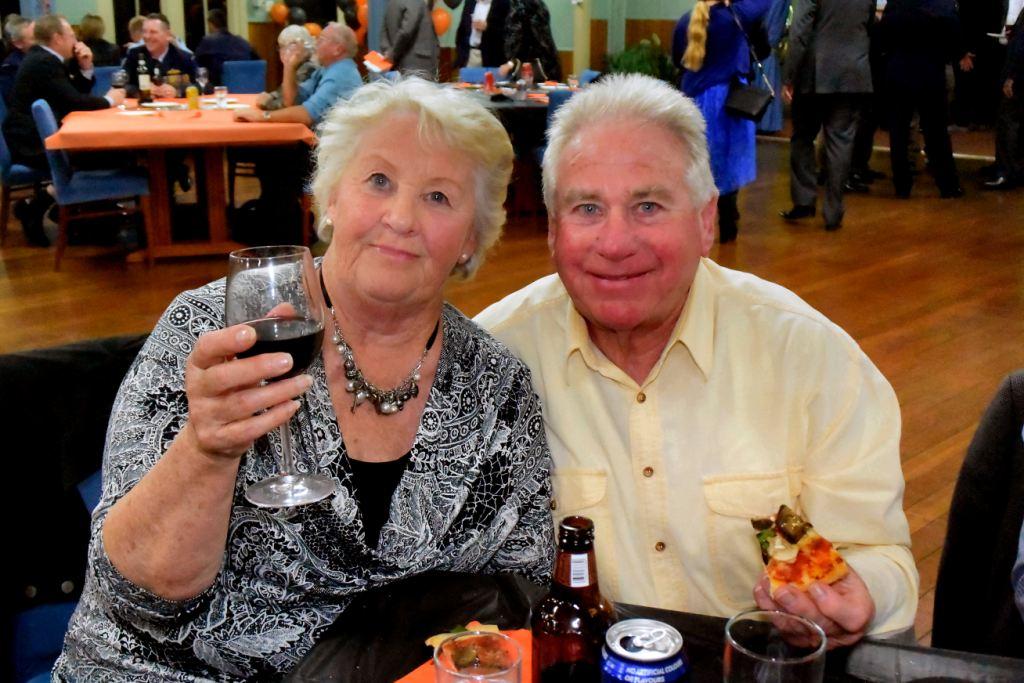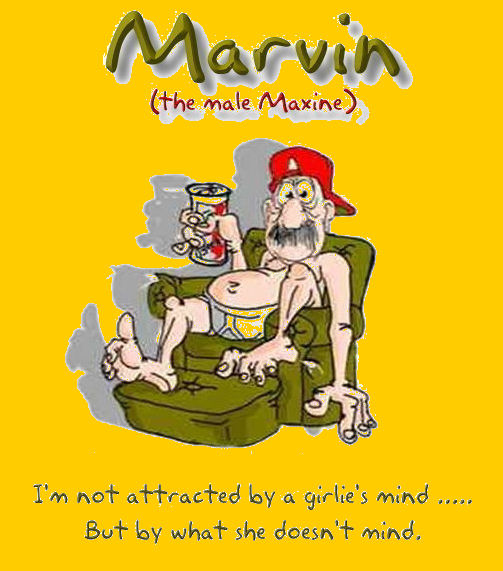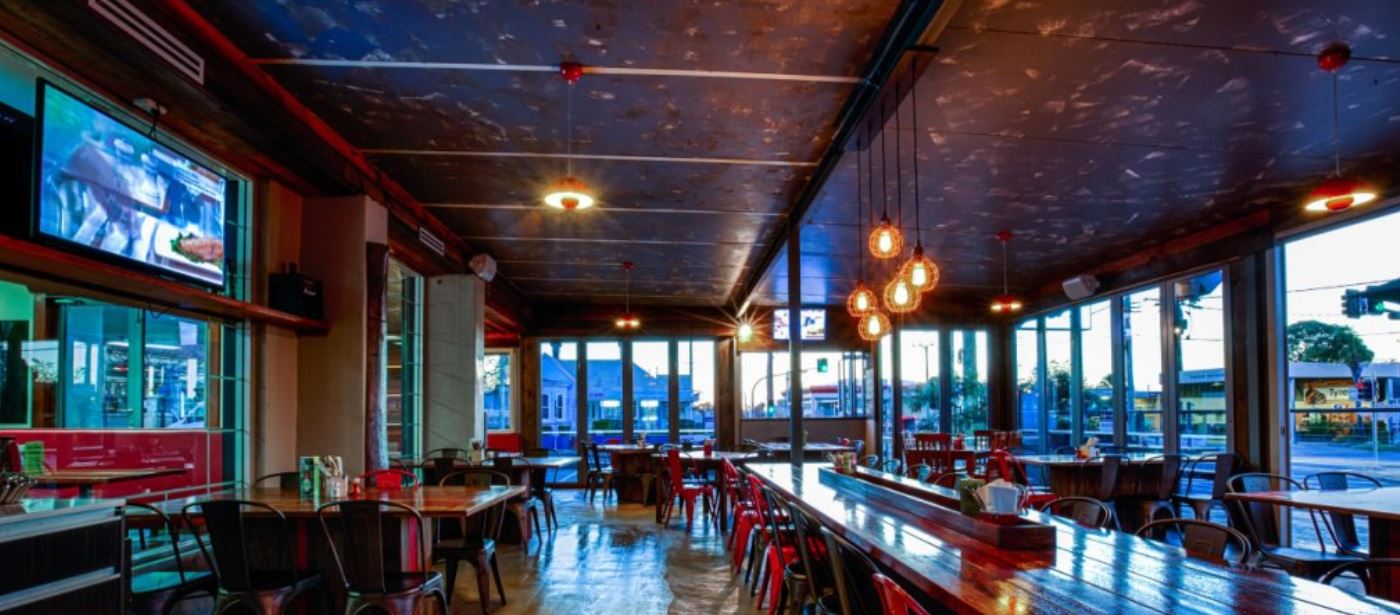|
|
||
|
|
||
|
Privacy Policy | Editorial Policy | Profit Policy | Join the Association | List of Members | Contact us | Index | Links |
||
|
Back Go to page: 1 2 3 4 5 6 7 8 9 10 11 12 13 14 15 16 17 18 19 20 Forward)
|
||
|
35 Sqn Colours Parade. 08 August, 2015
The RAAF’s 35 Squadron has had a chequered career. After forming in March 1942, 35 Sqn operated an assortment of aircraft in support of its courier and supply operations in Western Australia. Based at Pearce from August 1943, the Squadron was re-equipped with Dakotas, and with these new aircraft, its operations were extended to Eastern Australia, New Guinea and the Pacific region. After Japan's surrender, No 35 Squadron supported the movement of three RAAF fighter Squadrons and various support Units to Japan before disbanding in June 1946.
In June 1966, 35 Sqn was reformed and the RAAF Transport Flight which had recently been established in Vietnam and which was equipped with the Caribou, was re-titled 35 Squadron and flew from its home base at Vung Tau for the next 6 years. The Caribous regularly operated at very low level and came under constant small arms fire from the ground. These hazardous flying conditions resulted in the loss of several aircraft and injuries to both passengers and aircrew. In February 1972, the final elements of 35 Sqn returned to Richmond and were the last RAAF unit to leave Vietnam.
In 1974 the Squadron moved to Townsville where, in 1977, Iroquois helicopters joined the Unit's Caribous. At that time, 35 Sqn were the first and is still the only RAAF Sqn to operate both fixed and rotary wing aircraft. With this mixed fleet, 35 Sqn undertook Army tactical support tasks and civil aid operations, including search and rescue, medical evacuations and flood relief work. It continued its mixed rotary/fixed wing operations until December 1989, when the Iroquois were transferred to Army control, then in 2000, Caribou operations were rationalised and No 35 Squadron's aircraft and operations were amalgamated into 38 Sqn and 35 Sqn was reduced to "paper only" status. In 2009 it was decided to ground the Caribous (see HERE) and 38 Sqn was without aircraft until the arrival of the Beech 350 which it still operates today and which is a great "safe-hand" aircraft.
In December 2011, well after the Caribou had been retired, the RAAF issued a
request for 10 C-27Js, valued at AUD$1,300m. Australia opted for the
C-27J over the rival EADS CASA C-
On the 30th June, the then Chief of Air Force, Air Marshal Geoff Brown,
AO, welcomed the first C-27J Spartan to Richmond at a ceremony which
coincided with the 90th anniversary of the base’s establishment. Being a
little different to the Caribou which it replaces, the Spartan
As everyone knows, the ADF is incapable of accepting a new aircraft or of re-birthing a Squadron without holding a spectacular parade (the Military’s equivalent to a sausage sizzle) and when you’ve two of these events happening together, there was absolutely no chance the white webbing was going to miss out on being displayed. The Sqn decided to hold a Colours’ Parade on the 8th August and to make the C-27J available for those attending to have a look over it. One of the two remaining operational Caribous and a DC3, both of which are flown by HARS (south of Wollongong) were also invited and were parked on the tarmac each side of the new kid on the block.
The
RTFV-35Sqn Association, headed up by John McDougall (President) and
John Sambrooks (Secretary), planned to attend and to make a weekend out
of it and they mad
A “Meet and Greet” was planned for the Friday night, to be held at the Windsor RSL, a venue that a bunch of years ago was definitely one of the “must go” destinations for many from the Association. A few from the RTFV-35Sqn Assoc (below) met at the RSL earlier in the day to check a few things out, (to see whether the beer was still cold), then when satisfied that everything was in order, the People’s Champion gave the All Clear and the “Meet and Greet” kicked off about 4.00pm. Following are some of those that attended.
(You can click most of the pics for a better quality copy which you can download and/or print). |
||
|
On an inspection tour are,: L-R: Ted McEvoy, Ken White, Geoff Brand, Trev Benneworth, John Sambrooks, John McDougall, John Broughton. |
||
|
John Boyne and Kim Roots. |
||
|
Ken Howard and Graham Mengersen. |
||
|
Gary and Pat Kimberley. |
||
|
Graham "Blue" Silk. |
||
|
John Cameron and Terry Barker. |
||
|
Terry "Dollar" Geary. |
||
|
|
||
|
Gary and Margaret Hauck. |
||
|
|
||
|
Hughie McCormick, Ken and Dorothy Trim.
|
||
|
Rod Smith (Ex WOE) and Brooke Raymond.
Rod joined the RAAF in 1965 as an apprentice and retired after 36 years of service. He served in 11 Sqn, Mntce East Sale, PNG, ARDU, 35 Sqn, RESENG QANTAS, 503 Wing, and 36 Sqn.
Brooke started her career in the US Air Force as an Aircraft Technician. She then transitioned into being a Flight Engineer on C-141s. Following that she went into Command and Control and retired a First Sergeant after a very satisfying and long career.
They have been happily married for some years. |
||
|
Sandra Mengersen, Cherril Millsom and Nanette Cornish. |
||
|
Sandra and Dean Sanderson. |
||
|
|
||
|
Beetle welcomes the Bou and the Bou keeper to Windsor..
|
||
|
Stephen “Beetle” Bailey, 35 Squadron Warrant Officer, with Bou and John Sambrooks, the RTFV-35 Sqn Association’s Secretary. (Click HERE for Beetle’s theme song [volume up].) |
||
|
WOFF Stephen Bailey was born in Dec 1958 and joined the RAAF in May 1977 as a Supplier. He remustered to Loadmaster in May 1986 and had postings to 5SQN, 37SQN, AMTDU, back to 37SQN, 33SQN, AMTDU again and finally back to 33SQN. He took a discharge in August 2007 but re-enlisted in Jan 2009 and was posted to 285Sqn (Herc training), 37Sqn and finally 35Sqn. He took a discharge again in December 2014, and has stayed on in the Reserve. |
||
|
|
||
|
John McDougall and Paul Smith.
|
||
|
Paul, who lives in Brisbane and who is an ex RAAF bod, has done a lot
for the Association.
In recognition, and as a grateful thank you, John McDougal presented Paul with a plaque representing the passing of the baton from the 35 Sqn of yesterday to the 35Sqn of today.
After the welcoming and presentations were out of the way, it was time to bring on the food, and the RSL did itself proud. The quality and quantity of food was excellent – thanks to that well known old framie, Ken White who is on the RSL committee and who organised it all.
|
||
|
When the food was served, the People’s Champion and his lovely lady Andrea, strategically positioned themselves at the end of the line to keep a watchful eye on the participants – to make sure no-one took two sangas.
|
||
|
After the food had been smashed it was time to bring out the balloons for the balloon race. The rules are simple, two or more teams are selected, no limit to the number of people in each team provided they are equal. Participants tie a balloon to their backs and line up at one end of the room. The leader in each team runs to the other end of the room and grips a chair. The second person in each team then runs to the first and gripping the leader tries to burst the balloon by squeezing it between their two persons. When the balloon is burst, the leader runs back to the start and the third person tries to burst the balloon tied to the second person – and so on. The winning team is the first to have all the balloons burst.
All was going well until the scrutineers discovered both teams were stretching the rules a little. The RSL had served up delicious chicken kebabs on pointy skewers, and some unscrupulous team members had spirited these away on their persons and unbelievably had used the sharp end of the skewer to dispatch the balloon. The winning team had been promised a priceless 35 Sqn Association biro each, and we think the attraction of winning this magnificent prize was too much for the participants to wear.
It was all good fun, click the pic below to see a small video of the event. |
||
|
|
||
|
Saturday was the reason we all headed for Richmond, Saturday was the day the 35 Sqn colours (or standards) would be taken from the cupboard at Point Cook where they had been stored since 2000 and brought up to Richmond to once again take pride of place in the Squadron’s brew room.
There is a lot of tradition behind the carrying of military colours, they are not just another flag carried by a group of service personnel.
The practice of carrying the colours, both to act as a rallying point for troops and to mark the location of the commander, is thought to have originated in Ancient Egypt some 5,000 years ago. The Roman Empire also made battle standards a part of their vast armies. Carrying the standards (or colours as they became known) was formalized in the armies of Europe in the High Middle Ages, with standards being emblazoned with the commander's coat of arms. In the age of line tactics, the unit colour was an important rallying point for infantry soldiers.
As armies became trained and adopted set formations, each regiment's
ability to keep its formation was potentially critical to its success.
In the chaos of battle, not least due to the
Due to the advent of modern weapons and subsequent changes in tactics, colours are no longer used in battle, but continue to be carried by Colour Guards at events of formal character. These days, the Colour Guard refers to a detachment of military persons assigned to the protection of the regimental colours. This duty is considered so prestigious that the colour is generally carried by a young officer while experienced non-commissioned officers are assigned to its protection. These NCOs, accompanied sometimes by warrant officers can be ceremonially armed with either sabres or rifles to protect the colour which is always treated with the utmost respect and veneration. Colour guards are generally dismounted, but there are also mounted colour guard formations as well.
The Colours are never capriciously destroyed – when too old to be used they are replaced and then laid-up in museums, religious buildings and other places of significance to their unit.
We have to thank the lovely Veronica O’Hara (right), from Air Force Imagery, who spent the day and night strapped to a bunch of cameras and who graciously made some of these pics and the video available to us. |
||
|
The Commanding Officer of 35 Squadron, Wing Commander Bradley Clarke, OAM takes command of the parade from Executive Officer 35 SQN, Squadron Leader Wayne Baylis. |
||
|
Chaplain Squadron Leader Yogananda Juste-Constant blesses the 35 Squadron Colours. |
||
|
Colour Bearer, Flying Officer Lawrence Normoyle marches the Colours back to the Colour Party after being re-dedicated.
|
||
|
The Chief of the Air Force, Air Marshal Gavin ‘Leo’ Davies, AO, CSC receives the General Salute from 35 Squadron.
|
||
|
The Governor of NSW, His Excellency General the Honourable David Hurley, AC, DSC reviews the parade. Prior to his appointment as Governor, David Hurley served for 42 years in the Australian Army, concluding his service as the Chief of the Defence Force. He was awarded a Companion of the Order of Australia in 2010 for eminent service to the Australian Defence Force and a Distinguished Service Cross for his leadership during Operation SOLACE in Somalia in 1993. |
||
|
|
||
|
Click the pic below to see a short video of the parade. |
||
|
|
||
|
And while the Parade was in progress, the old Gooney and the Green Gravel Truck, both ex-38 Squadron aircraft, overflew the field then landed and were opened for general inspection.
|
||
|
Some of 35 Squadron’s “Old Boys” who made the journey to Richmond to witness the momentous event. |
||
|
L-R: Richard Jones (EngO), John McDougall (Loady), Don Payne (Sumpie), Ken “Aussie” Pratt (Loady), Peter Rothwell, Stew McAlister (Pilot). |
||
|
|
||
|
The mighty old DC3, once A65-94, now called VH-EAE and which is flown and maintained by HARS (just south of Wollongong), also came for the parade. This aircraft, one of two owned by HARS, was built in 1945 and was delivered to 3AD. It was transferred to 38 Sqn in 1950, then to 36 Sqn in 1953, then back to 38Sqn in 1973. From there it went down to Laverton (in 1980) then to East Sale for storage in 1981 and was finally sold to HARS for the princely sum of $6,000. HARS set to work and restored it and it now flies all over the country to various aviation themed events, |
||
|
During its life with the RAAF, it was flown in New Guinea and the South West Pacific theatre during WW11 and in May 1963 it became part of C flight, 2SQN, based at Butterworth. From there it flew the first operational mission of the Vietnam War, delivering food and medical supplies to refugees fleeing the fighting.
|
||
|
The other HARS aircraft that came in formation with the Dac was the
trusty old Caribou. Retired from active service back in 2009, this
particular aircraft, A4-210, served with 35 Sqn in Vietnam from March
1965 until July 1968 when it ran into a newly filled in ditch at Dalat.
After initial repairs enabling it to be flown back to base at Vung Tau,
it |
||
|
Ted McEvoy, the RAAF’s second best Radtech, with the Caribou. |
||
|
|
||
|
Nestled between the two old ex-35/38Sqn work-horses, the new kid on the block sat under guard, just itching to get to work. At the moment A34-001 is the sole example but it should have a mate later this year. A bunch of 35 Sqn personnel are packing for the trip to the US to learn how to fly and fix the aircraft and next year should see a full back line at Richmond before the whole lot are boxed up and moved to Amberley. Makes you wonder whether Richmond has a future after that, the Windsor/Richmond area has grown enormously since we all left in the 70’s and you can bet there are noise problems associated with operating 12 Hercs in the middle of suburbia. You can also bet someone has thought of having 35, 36 and 37 all at Amberley. |
||
|
After the ceremony had ended, the aircraft were opened for public inspection, much to the delight of the crowd who patiently queued up to get inside. |
||
|
Even Bou, who, a bit like Don Payne, is not normally interested in anything that doesn’t have two noisy old round engines bolted on the outside, couldn’t help himself and had to see what all the fuss was about.
|
||
|
John "Sambo" Sambrooks - the People's Champion, and Secretary of the RTFV-35 Sqn Association never lets a chance go by. Sambo saw an opportunity to cash in on the ready made crowd and sell some of the Association's merchandise so he set up shop and flogged off a heap of stuff.
|
||
|
A lady goes to the bar on a cruise ship and orders a Scotch with two drops of water. As the bartender gives her the drink she says, 'I'm on this cruise to celebrate my 80th birthday and it's today..'The bartender says, 'Well, since it's your birthday, I'll buy you a drink. In fact, this one is on me.' As the woman finishes her drink, the woman to her right says, 'I would like to buy you a drink, too.' The old woman says, 'Thank you, Bartender, I want a Scotch with two drops of water please.' 'Coming up,' says the bartender. As she finishes that drink, the man to her left says, 'I would like to Buy you one, too.' The old woman says, 'Thank you. Bartender, I want another Scotch with two drops of water please.' 'Coming right up,' the bartender says. As he gives her the drink, he says, 'Ma'am, I'm dying of curiosity. Why the Scotch with only two drops of water?' The old woman replies, 'Sonny, when you're my age, you've learned how to hold your liquor. Holding your water, however, is a whole other issue.'
|
||
|
After everyone had had their fill of aircraft, the populous were bussed to the Sgt’s Mess for the evening’s festivities, then with everyone seated, “Beetle” Bailey took to the stage and read the riot act – the rules for the night were, “There are no rules, enjoy!!!”
|
||
|
The RAAF Band, which always does an excellent job, entertained the troops for the night. |
||
|
Early in the night it was a time for some thanks and a time for some giving. Brad Clarke, the CO of 35 Sqn thanked Beetle Bailey, the Sqn WOD for organising the whole affair, he thanked everyone for making the effort and coming along, (some blokes came from as far away as Perth), and he thanked Bob St John for his many years of service to RAAF aircraft as a loady. Bob was on one of the first Caribous out of De Havs in Canada and was on one of the first to go to Vietnam (29 August 1964), he went back again in June 1965, again on the Caribou, then on his return to Oz, he was posted to 37 Sqn which then had E Model Hercs and he made another 33 trips back to Vietnam, surely a record. |
||
|
|
||
|
After he left the RAAF, Bob joined HARS as the boss loady on their Caribous and that weekend he crewed 210 up to Richmond for the 35 Sqn celebration. Bob saw 70, some years ago now, and he reckons this might be his last trip.
A wonderful effort and definitely worth a special mention on the night.
|
||
|
With all the thanking out of the way, it was time for some serious giving.
On behalf of the RTFV-35Sqn Association, John McDougall, the President, presented Beetle, the Sqn WOD with a commemorative plaque, depicting the passing of the baton from the Caribou to the Spartan, as a thank you to him along with the Sqn CO, Brad Clarke, Sgt Tony Butler and everyone else in 35 Sqn for their efforts in putting the weekend together. We thought we overheard some in uniform suggesting this was probably the first time they had seen Beetle speechless and they wondered if John was available for lots more presentations.
|
||
|
John also thanked Brad Clarke for inviting the Association to the Event
and for making everyone feel so welcome.
It was then Brad’s turn to hand out some goodies. Everyone who had served with 35 Sqn in Vietnam was presented with a token indicating membership of the Spartan Club.
One such worthy recipient of the token was Reg “Rocky” Rockliff, the past Patriarch of both 35 and 38 Squadrons. (See his story HERE). Rocky was the EngO with both Squadrons and is well known to many many people and we’re yet to hear anyone speak anything but praise for the old codger. Although he’s looking forward to his 93rd birthday this October, he’s still as sharp as a tack, still great company, still got that devilish sense of humour, always got heaps of yarns to tell and we hope we’re still around when he gets the telegram from the Queen because that will be a party.
|
||
|
“Rocky” Rockliff receiving his Spartan Token from the 35 Sqn CO, Brad Clarke. |
||
|
|
||
|
The RTFV-35 Sqn Association had been approached by an Alf Boyd who was one of the early members of 35 Sqn and who had written his memories of the formation of the squadron (See HERE). The Association had the story printed and bound and John McDougall presented it, along with other relevant material, to the Sqn CO, Brad Clarke, for display in the Sqn’s Brew Room.
|
||
|
John McDougall presents Brad Clarke, 35 Sqn CO, with a copy of Alf Boyd’s memories. |
||
|
Then, when all the giving had been given, it was time to party, a few of those partying included: |
||
|
Nev Conn and Allan George - comparing notes. Both of these blokes retired with the rank of Group Captain.
|
||
|
Ken Davies. |
||
|
|
||
|
Two old reprobates, Ted McEvoy, the RAAF's second best Radtech and John "Sambo" Sambrooks, the People's Champion and definitely the RAAF's best metal basher. |
||
|
|
||
|
Mark Freeman, Jacquie Freeman, Debbie Lang, Graham Mengersen |
||
|
|
||
|
L-R: Paul Smith, Don't know, Max Jenkins |
||
|
|
||
|
Graham Mengersen, Mark Freeman. |
||
|
|
||
|
Trev Benneworth with Kim Roots. |
||
|
|
||
|
The RAAF's second best Radtech and Ron "Sticky" Glew. |
||
|
|
||
|
Lois Russell and Peter “Dit” Eaton.
|
||
|
Rocky and Allan George.
|
||
|
And while most of the revellers behaved, some didn’t…..
|
||
|
John Broughton…. “If you can’t find a body………”
|
||
|
Food for the revellers was provided in the form of gourmet Pizzas. A number of ovens had been set up in a marquee on the grass at the back of the Mess and a continual stream of Pizzas were delivered to the tables.
Different!!
|
||
|
|
||
|
|
||
|
|
||
|
Then, on Sunday, after the festivities of the night before, a group of troops and their lovely ladies assembled at Boots Bar and Restaurant in Windsor for sick parade.
|
||
|
|
||
|
|
||
|
|
||
|
Kim Little and Ian "Beetle" Bailey. |
||
|
|
||
|
Dan Nebauer, Wally Little.
|
||
|
Pat and Gary Kimberley.
|
||
|
John Boyne – some ate a hearty breakfast.
|
||
|
|
||
|
Back Row L-R: John McDougall, TedMcEvoy, Trev Benneworth, (some say the RAAF's BEST-EVER Radtech). Front Row L-R: John Boyne, Kim Roots, John Sambrooks, Andrea Butler.
Then, after sharing dinner at the Clarendon Hotel on Sunday night, it was back to the digs, pack the bags in readiness for an early departure on the Monday.
A great weekend was had by all, thanks heaps to 35 Sqn for putting it on and for inviting us along to share it with you.
PS: If you were at Richmond in the 70's, here's your opportunity to relive the dream - click HERE.
|
||
|
|
||
|
|
||
|
Back Go to page: 1 2 3 4 5 6 7 8 9 10 11 12 13 14 15 16 17 18 19 20 Forward |

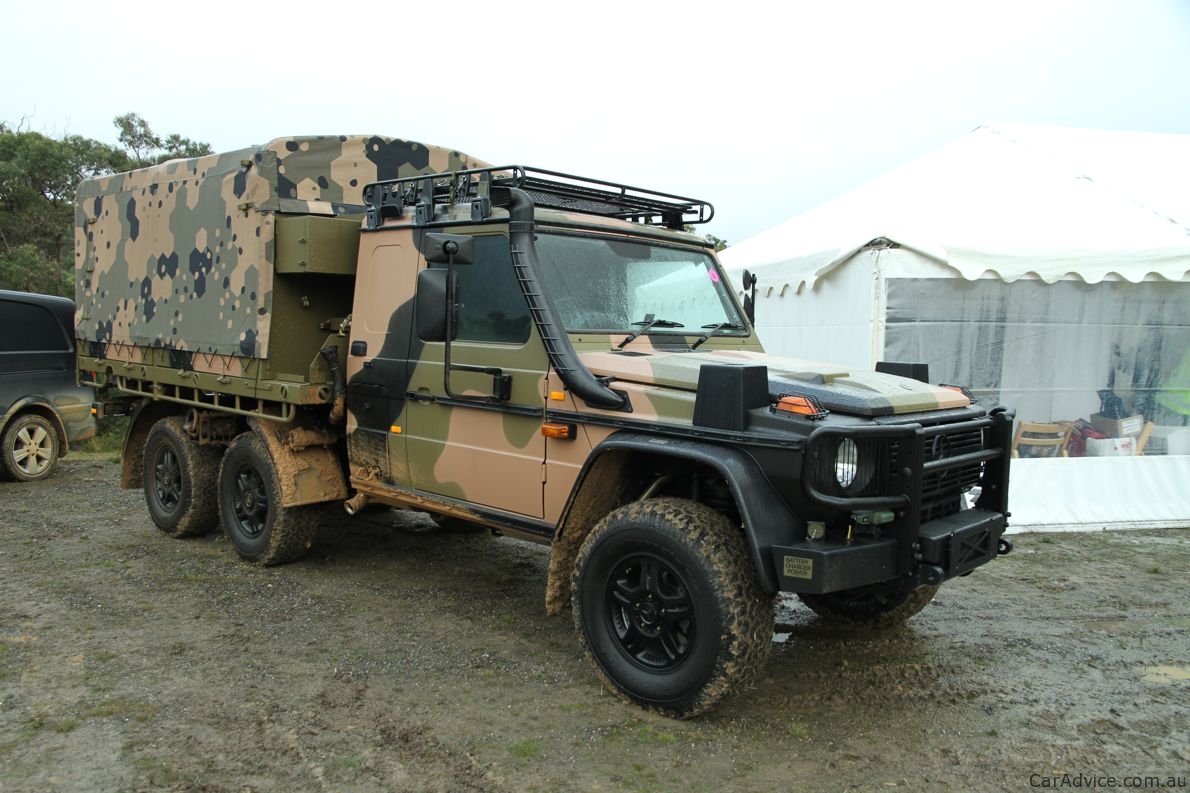 295
following an evaluation which noted the C-27J, which had a cabin that
was wider and higher, was capable of carrying the Army’s G-Wagon (right)
and C-130 sized pallets. Getting the aircraft was one side of the
equation, the other side was where to base them and who would operate
them. It was decided to give 35 Sqn another run, so in 2013 the old girl
was pulled out of the cupboard once again and blokes and blokettes were
“volunteered” to join the Sqn which was reformed at Richmond. For two
years, 35 was the perfect Sqn, it had a bunch of blokes/blokettes, some
vehicles, yellow treadlies, some GSE, a hangar, a smoko room, a CO and a
WOD who were both good blokes and it had none of those annoying, noisy
aeroplanes. Then in June 2015 all that changed.
295
following an evaluation which noted the C-27J, which had a cabin that
was wider and higher, was capable of carrying the Army’s G-Wagon (right)
and C-130 sized pallets. Getting the aircraft was one side of the
equation, the other side was where to base them and who would operate
them. It was decided to give 35 Sqn another run, so in 2013 the old girl
was pulled out of the cupboard once again and blokes and blokettes were
“volunteered” to join the Sqn which was reformed at Richmond. For two
years, 35 was the perfect Sqn, it had a bunch of blokes/blokettes, some
vehicles, yellow treadlies, some GSE, a hangar, a smoko room, a CO and a
WOD who were both good blokes and it had none of those annoying, noisy
aeroplanes. Then in June 2015 all that changed.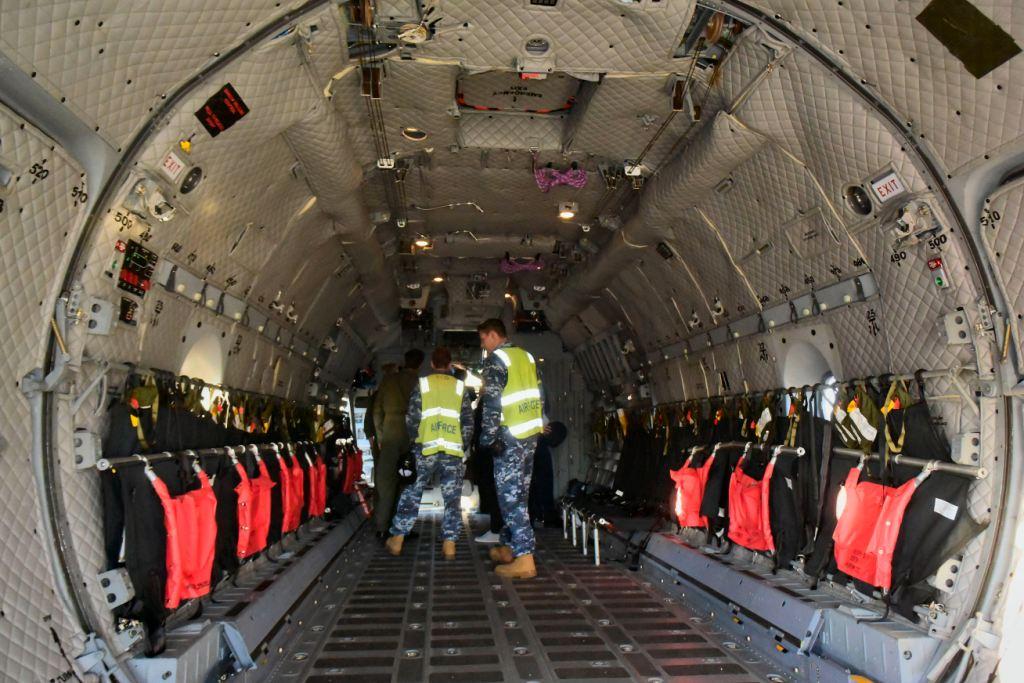
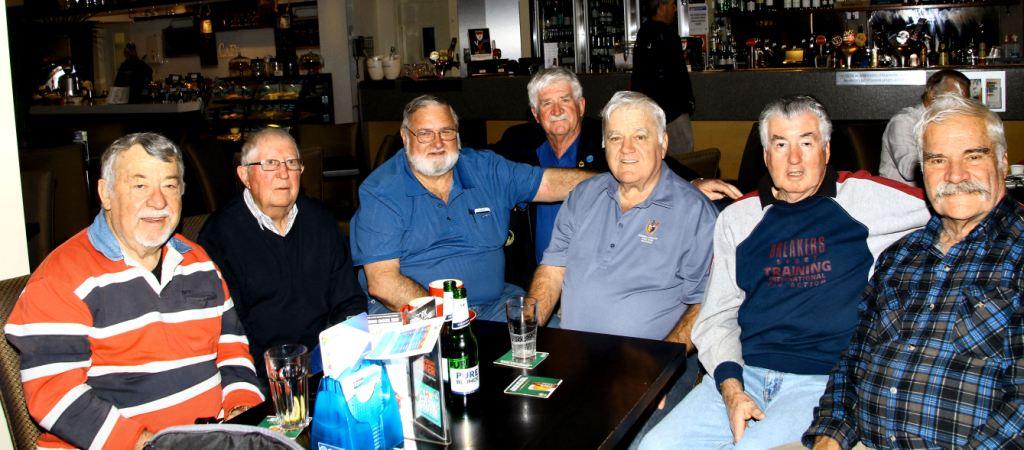
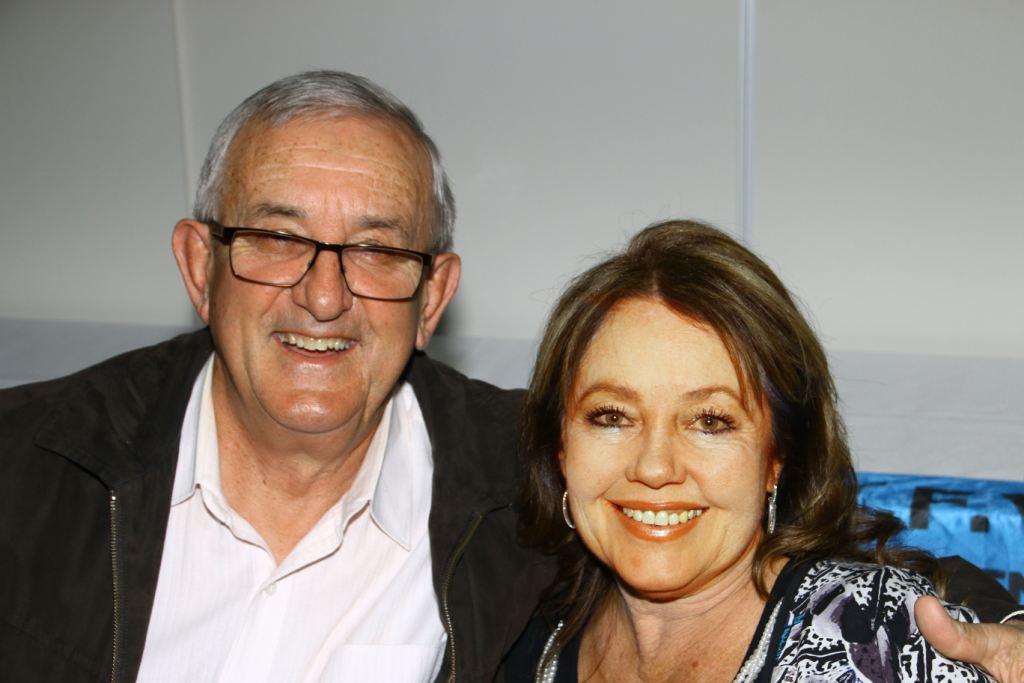
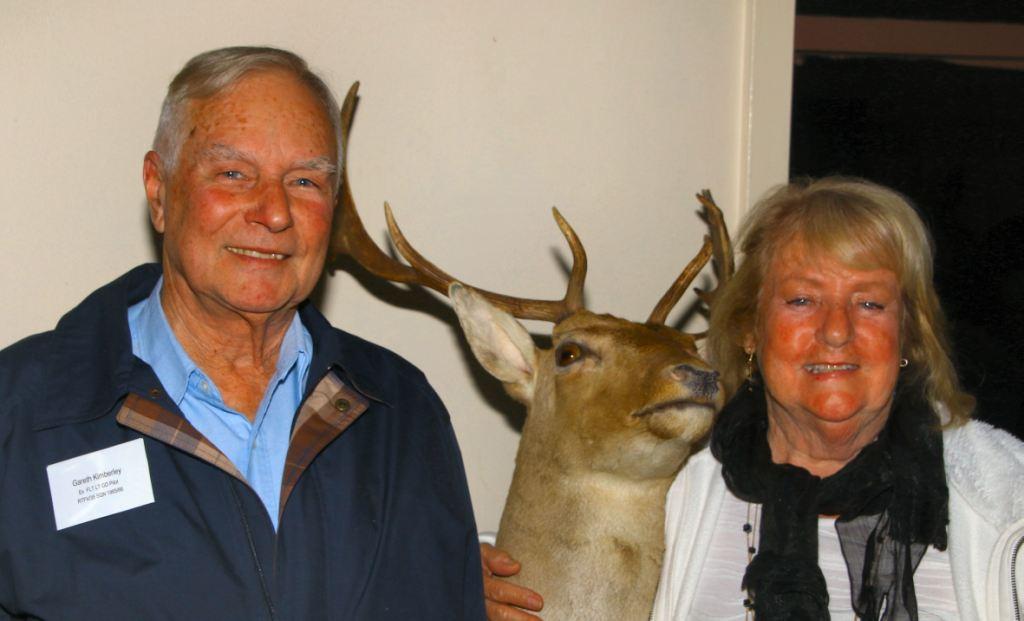
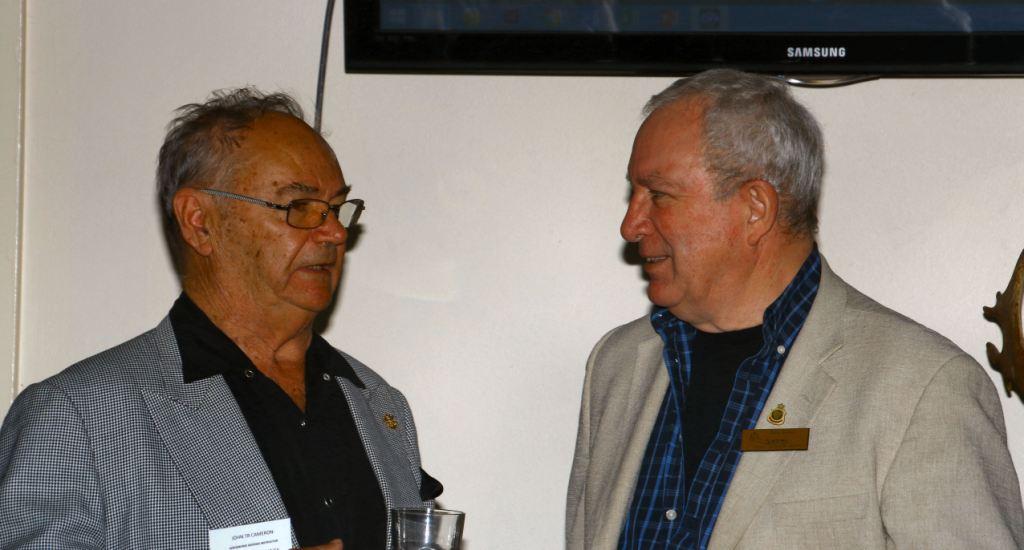
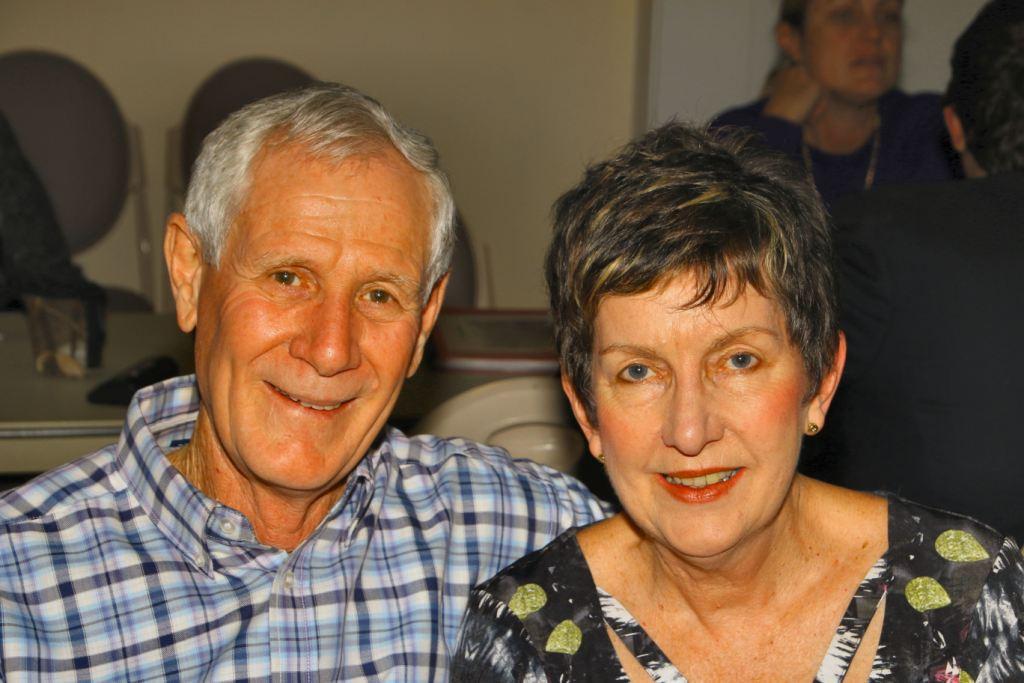
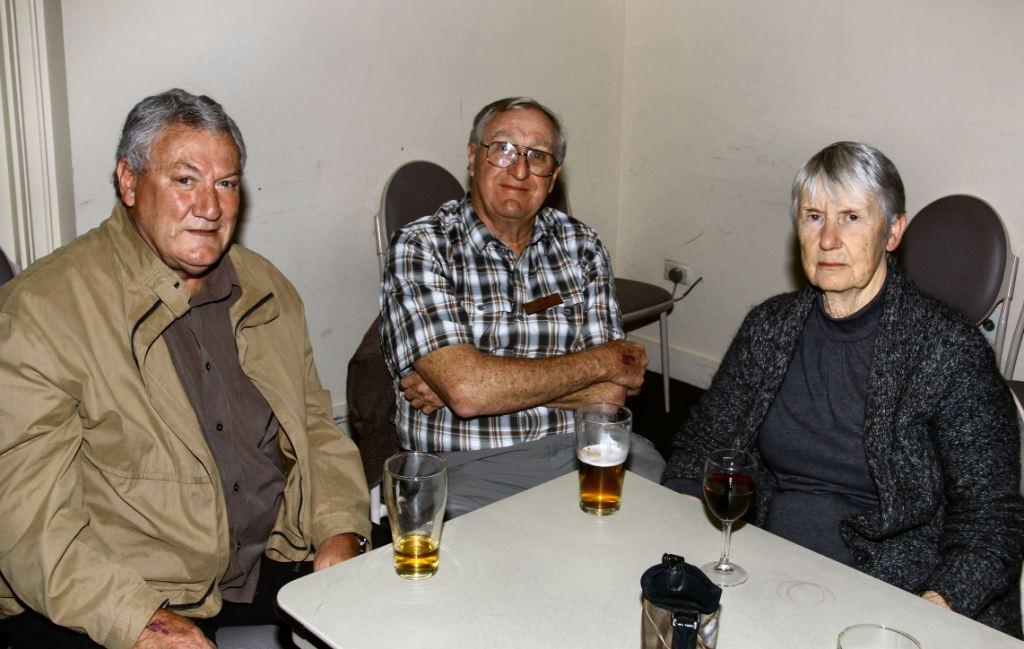
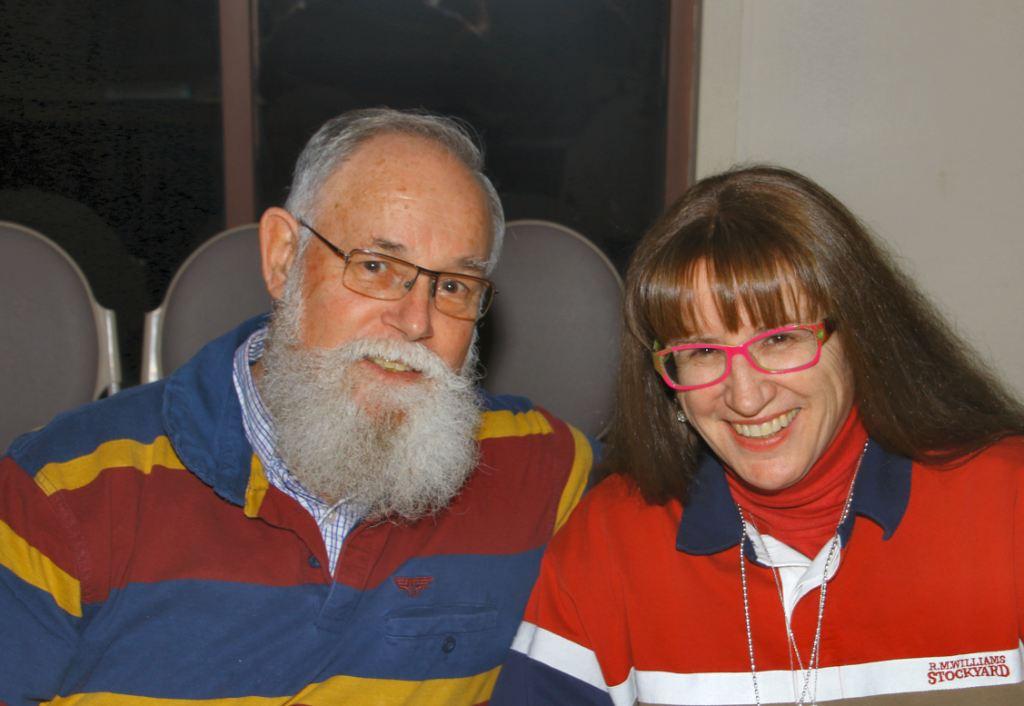
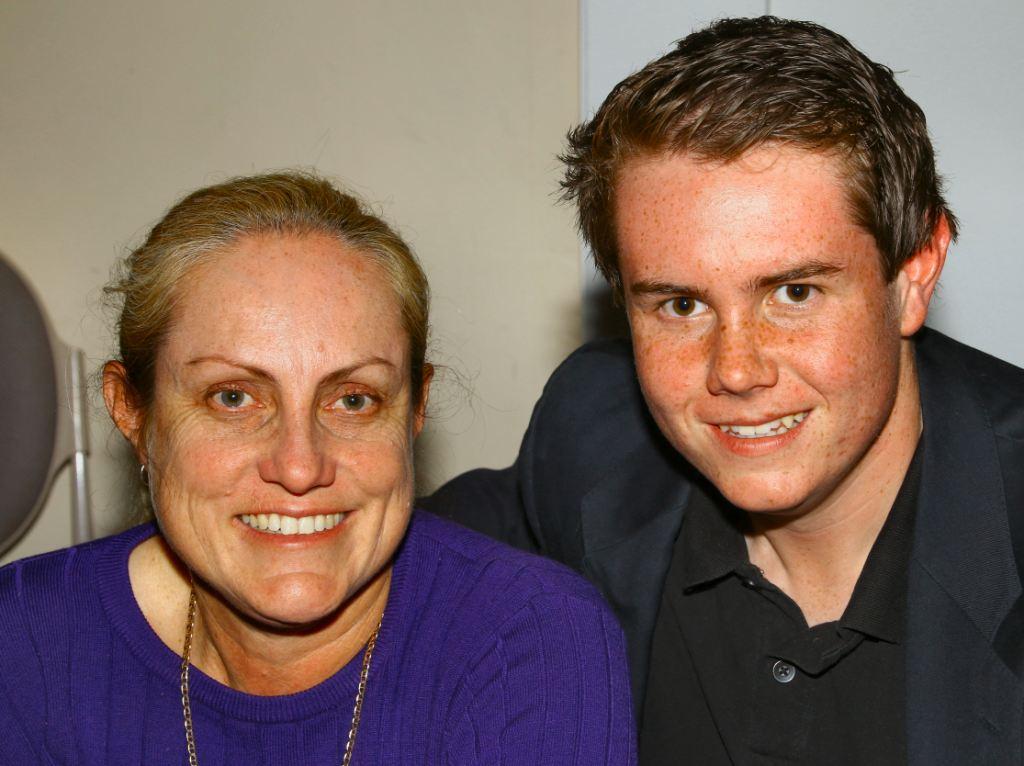
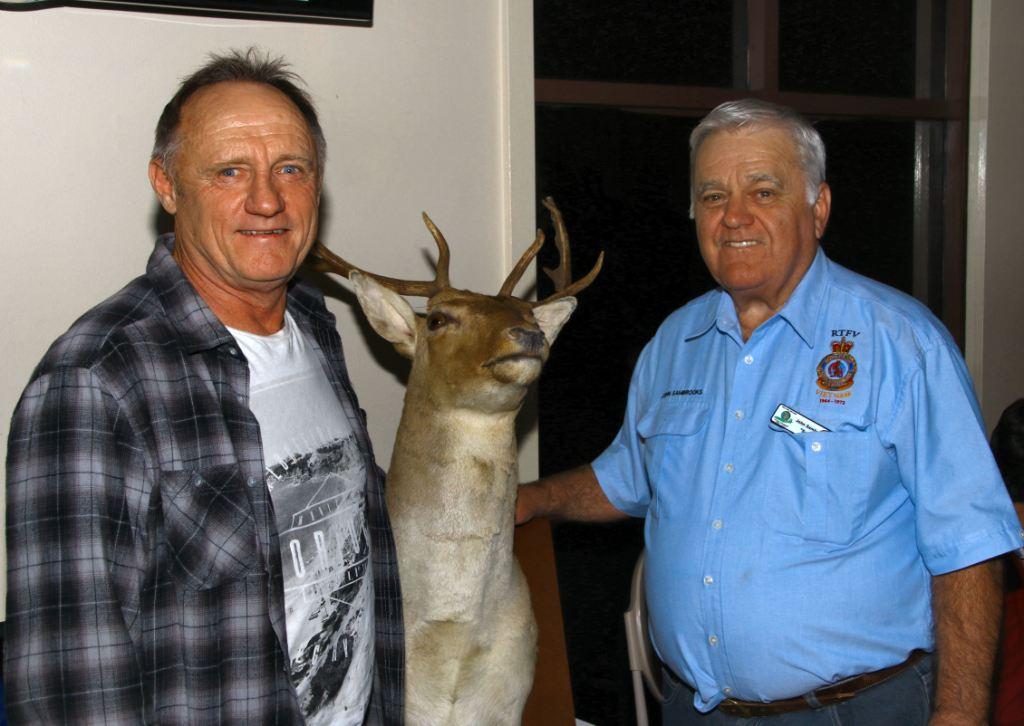
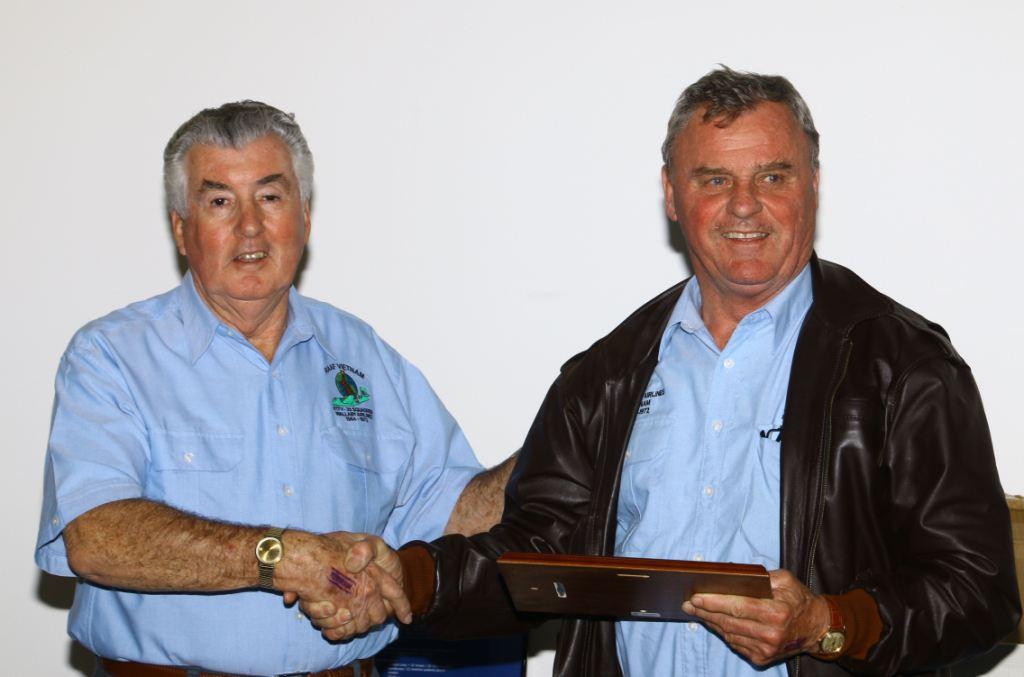
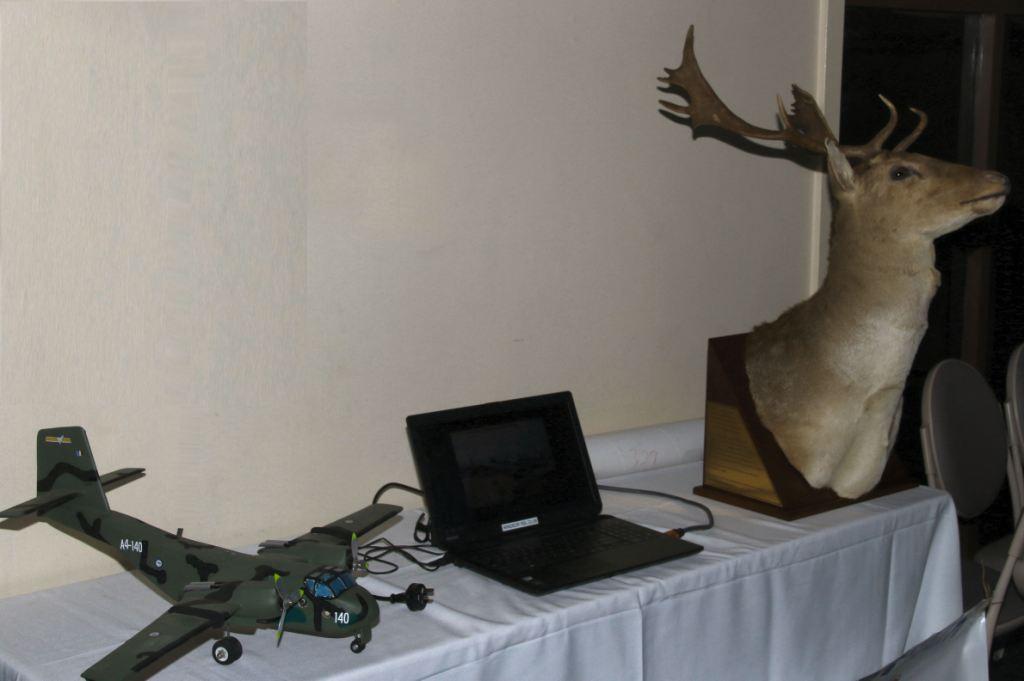 Paul is pretty good with his hands and he also spent many hours building the
model DC-3 for 35 Sqn from scratch.
Paul is pretty good with his hands and he also spent many hours building the
model DC-3 for 35 Sqn from scratch.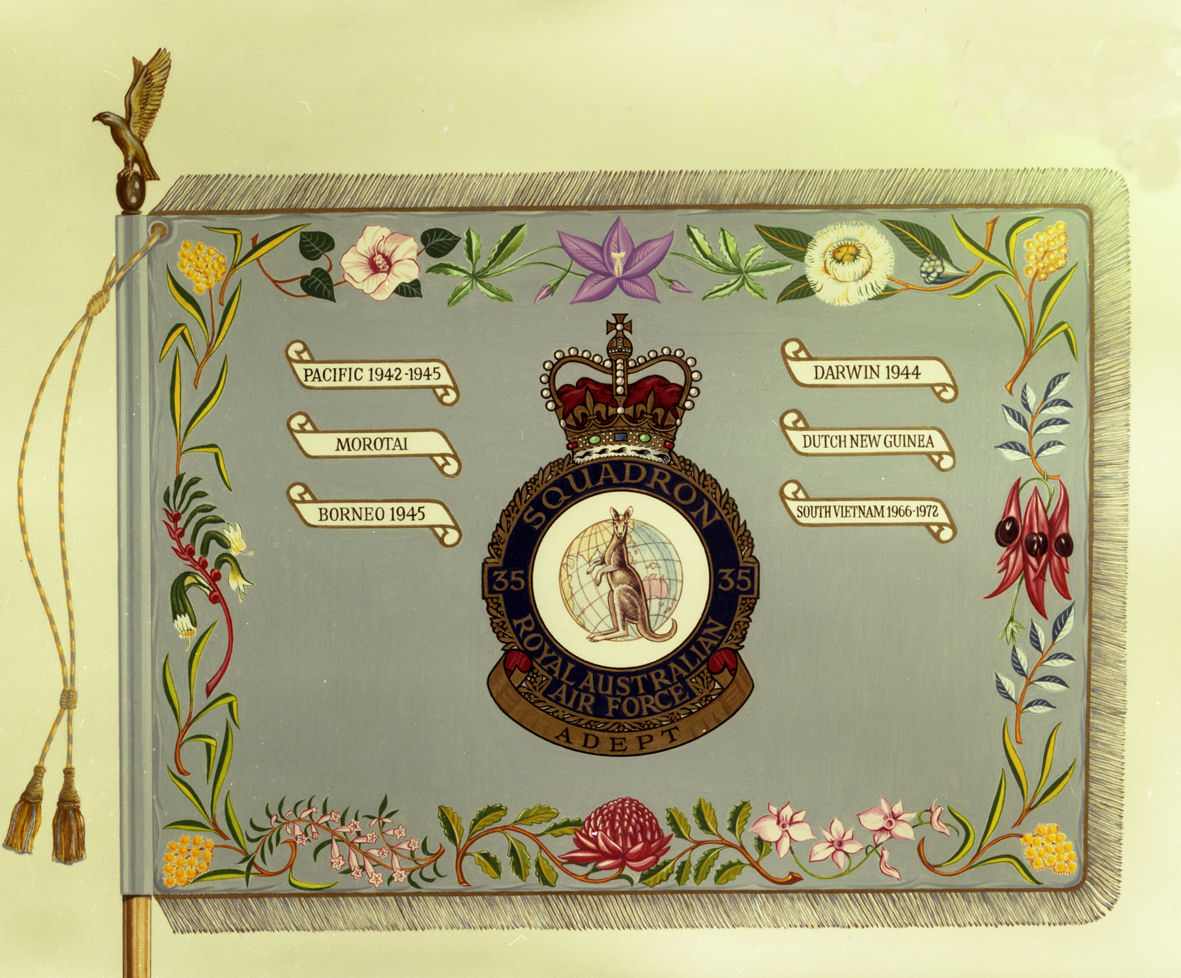
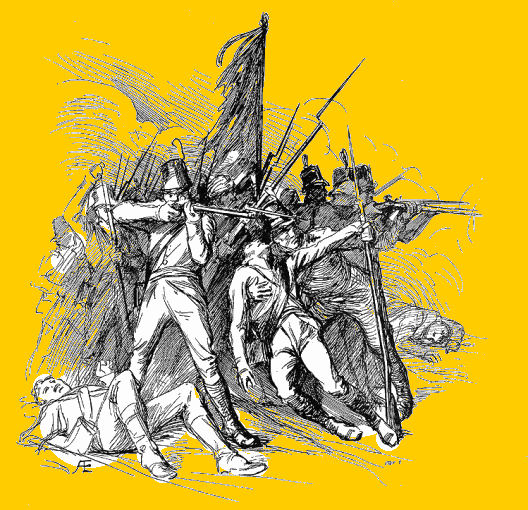 amount of dust and smoke on a battlefield, soldiers needed to be able to
determine where their regiment was. Flags and banners have been used by
many armies in battle to serve this purpose. Regimental flags were
generally awarded to a regiment by a head-of-State during a ceremony and
colours may be inscribed with battle honours or other symbols
representing former achievements. They were treated with reverence as
they represented the honour and traditions of the regiment. The loss of
a unit's flag was not only shameful, but losing this central point of
reference could make the unit break up, so regiments tended to adopt
Colour guards, a detachment of experienced or élite soldiers, to protect
their colours. As a result, the capture of an enemy's colours was
considered as a great feat of arms.
amount of dust and smoke on a battlefield, soldiers needed to be able to
determine where their regiment was. Flags and banners have been used by
many armies in battle to serve this purpose. Regimental flags were
generally awarded to a regiment by a head-of-State during a ceremony and
colours may be inscribed with battle honours or other symbols
representing former achievements. They were treated with reverence as
they represented the honour and traditions of the regiment. The loss of
a unit's flag was not only shameful, but losing this central point of
reference could make the unit break up, so regiments tended to adopt
Colour guards, a detachment of experienced or élite soldiers, to protect
their colours. As a result, the capture of an enemy's colours was
considered as a great feat of arms.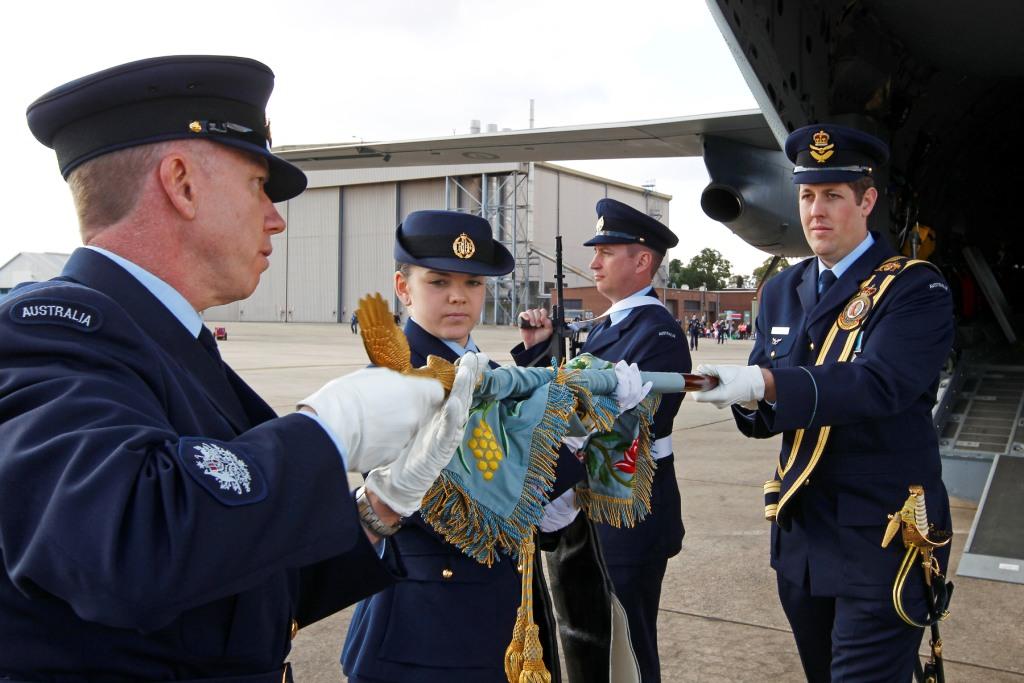
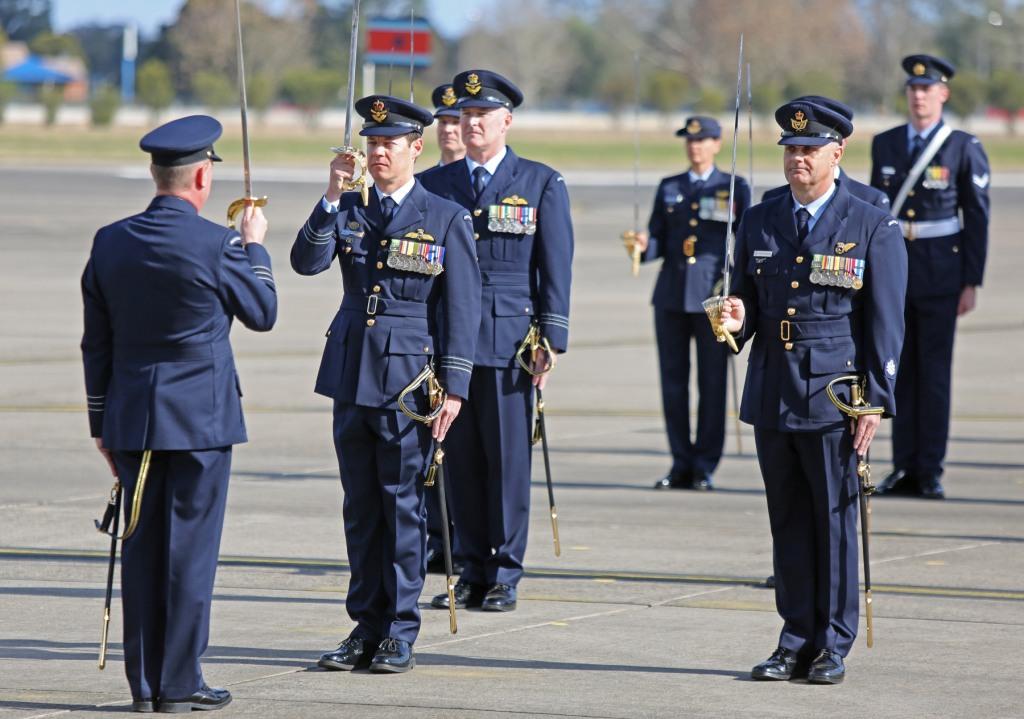
%20a.jpg)
